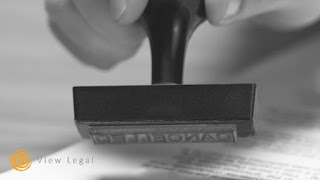As mentioned in last week's post, it is possible for the same company to act as trustee for a number of trusts.
Such an arrangement should not change the indemnity position if a liability is incurred, however there are a number of commercial reasons that need to be considered before having the same company act as trustee for multiple trusts.
Some of the issues in this regard include:
- While the current legal position is that the assets of each trust will be segregated if a liability was to arise, this position in theory could be changed by future cases or legislation. For obvious reasons, most clients do not want their arrangements to become a test case.
- If litigation was to arise in relation to one trust, this would force the parties involved to change the trustee of the other trusts not otherwise subject to the litigation. This can be practically an unnecessarily difficult process that in some instances is actually challenged by the relevant creditors.
- The costs for maintaining separate trustee companies are relatively nominal.
- From an ease of administration perspective, having separate trustee companies for each separate trust can minimise the risk of confusion.
- From a land tax grouping perspective, separate trustee companies can, in some jurisdictions, provide a planning opportunity to reduce the overall tax rates that apply.
- If the company is acting as a trustee of a SMSF concessional ASIC annual fees are only available if the company performs this role solely.




